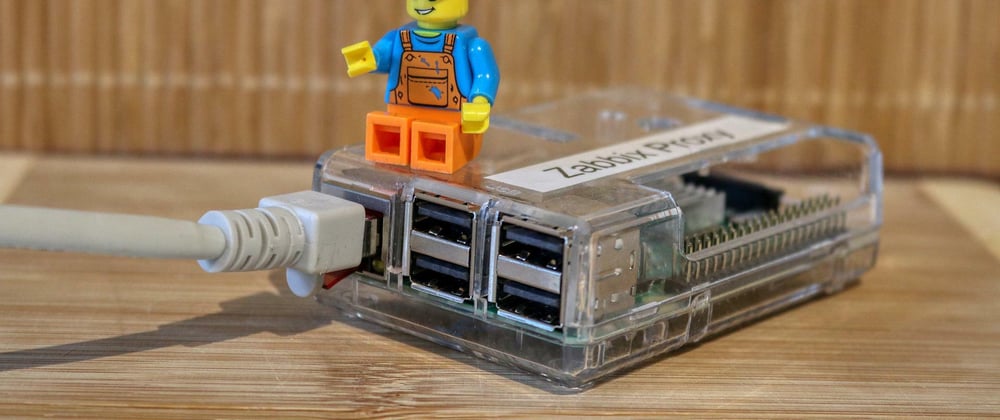Many components go into making a successful IoT implementation. The most important components, however, are the ones that enable data collection and communication. Without these components, your IoT initiative will likely fail.
Most Important Components for IoT?
The most important components for IoT are:
Data Collection Components(sensors, gateways, and data storage devices)
Sensor nodes are devices that collect data from the physical world. Sensor data can include readings from temperature, light, motion, and pressure sensors, as well as GPS location data.
Gateways are devices that connect sensor nodes to a network. Gateways can also perform data processing and analysis before sending data to a data storage device.
Data storage devices store data collected by sensor nodes and gateways. Data storage devices can be local or remote, depending on the requirements of the IoT system.
Communication Components
Network Infrastructure
To enable communication between devices, a network infrastructure is required. This includes a physical network topology, devices to build the network, and communication protocols.
The physical network topology can be either a star, mesh, or bus topology. In a star topology, each device is connected to a central device, such as a router. In a mesh topology, devices communicate with each other directly, forming a network of nodes. In a bus topology, all devices are connected to a single cable, called the bus.
Devices used to build the network including routers, switches, wireless access points, and modems. Routers are used to connect different parts of the network and manage traffic between them. Switches are used to create separate networks within the overall network and to connect devices that need high-speed communication. Wireless access points allow devices to connect to the network wirelessly. Modems are used to connect devices to the internet.
Protocols
Communication protocols include TCP/IP, HTTP, and MQTT. TCP/IP is the most common protocol for networking and provides reliable communication between devices. HTTP is used for communication between web browsers and servers and provides a way for humans to interact with devices. MQTT is a lightweight protocol designed for IoT applications and provides a way for devices to communicate with each other without requiring a full-blown TCP/IP connection.
Analytics Components
IoT devices generate massive data sets that need to be processed and analyzed in near-real-time. This is where big data analytics platforms and tools come into play. These platforms can handle the scale and complexity of IoT data, and they provide the necessary processing power, analytics tools, and visualization capabilities.
Some of the most popular big data analytics platforms for IoT include Hadoop, Spark, Kafka, Storm, and Cassandra. These platforms are all open source projects that can be used for free. They are also scalable and can handle large amounts of data.
Each platform has its own strengths and weaknesses, so it’s important to choose the right platform for your specific needs. For example, if you need a platform that can handle streaming data, then Spark or Storm would be a good choice. If you need a platform that can handle complex queries, then Hadoop would be a better option.
The big data analytics platforms and tools mentioned above are just a few of the many options available. Be sure to do your research before choosing a platform or tool set to use with your IoT devices.
Security Components
Authentication
In order for devices to be able to communicate securely with one another, they need to first authenticate themselves. Authentication is the process of verifying that a device is who it says it is. This can be done using a variety of methods, such as passwords, cryptographic keys, or fingerprints.
Security Protocols
Once devices have been authenticated, they need to use a security protocol to communicate securely. Security protocols are used to protect data as it is transmitted between devices. There are a variety of different security protocols available, each with its own strengths and weaknesses. Some common security protocols include HTTPS, SSH, and TLS.
Application Components
Application Platforms and Software Development Kits (SDKs)
IoT platforms provide the basic foundation for IoT applications by enabling devices to connect and communicate with each other. Platforms also provide an interface for managing and monitoring devices, as well as applications that run on them.
A variety of IoT platforms are available, including those from Amazon, Google, IBM, Microsoft, and Oracle. These platforms provide a range of features, such as device management, data collection and analytics, and application development tools.
In addition to IoT platforms, device manufacturers also offer SDKs that allow developers to create applications that run on their devices. SDKs provide libraries of code that make it easier for developers to create applications that interface with the underlying device hardware. SDKs also include documentation and support forums to help developers get started.
Device Management Components
IoT devices can be managed through a variety of components, including device management platforms and tools. Device management platforms allow organizations to centrally manage and control large numbers of IoT devices. Device management tools provide functionality for managing individual devices, such as firmware updates, security features, and configuration settings.








Oldest comments (0)